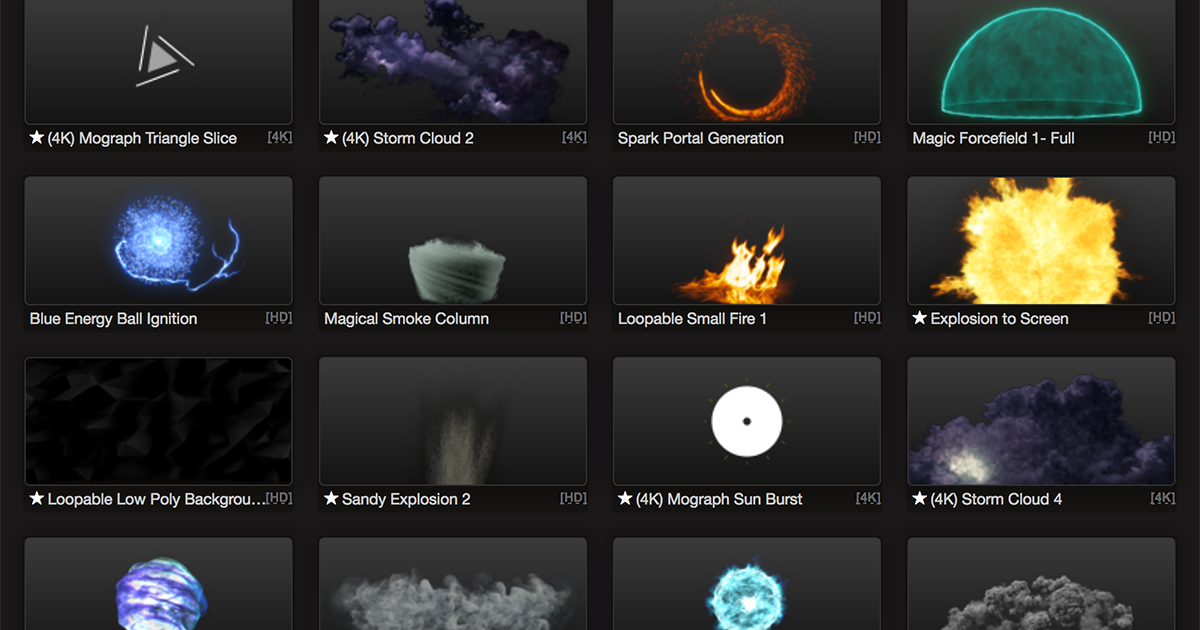

#Video game software categories code#
The distinctive elements of each game are created through code customization and use of original audiovisual components. This saves studios time and money and as a consequence many very different video games, such as Battlefield and Need for Speed: the Run share the same source code (Frostbite middleware). Only a small proportion of the code used is customized to a specific game. They use middleware, a previously created and tested piece of software developed by an outside company, as the technical basis for a game. But are they right to do so? Before endorsing this view, it is important to note that, these days, studios rarely write computer code from scratch when developing a blockbuster game. This helps explains why many specialized lawyers and industry players today view video games simply as computer programs. At the time, games were almost wholly the creation of computer engineers with little or no role for scriptwriters, graphic designers, photographers or sound engineers. Asteroids) such that the visual component of the work did not merit copyright protection. Amusement World, the court held that certain forms of expression were inextricably linked with the idea of a particular game (e.g.

In one such case, the well-known US case, Atari, Inc. How are video games classified under the law? The challenge of drawing this all important distinction led, in the 1980s, to the first lawsuits relating to video games in which courts examined the legal nature of these simple visual works and their protection. They used simple geometric shapes and had very basic functionality.Īt that time, when it came to protection, it was very difficult to distinguish between the underlying idea of a game, which does not qualify for copyright protection, and the expression or representation of that idea, which does. In the early years, the limitations of computer science meant that games such as Spacewar, Asteroids and Pong, were no more than pixels illuminating a monochrome screen. Nintendo’s iconic video game character Mario has beenĪn industry staple since the early 1980s. How then are these works classed under the law? Are they computer programs or are they audiovisual works? Examining how these complex interactive works are treated in various jurisdictions is important because the approach adopted has a bearing on determining important issues such as authorship, remuneration, transfer of rights and infringement. Modern video games now contain multiple creative elements. While throughout the 60s and 70s the information technology (IT) component of video games dominated, the recent rapid evolution of computer science and technology has opened vast opportunities for creativity. Visual displays left much to the player’s imagination and were a world away from the sophisticated and seamless graphics featuring in contemporary games. Although video games by their nature have a visual interface, in the early years, the creators of this new class of works were exclusively engineers and computer geeks. One of the first video games was created over 50 years ago when a student from the Massachusetts Institute of Technology (MIT) in the US wrote the code (rudimentary by today’s standards) to create Spacewar, a game in which two players operate missile-firing spacecraft in an attempt to destroy the other. Video Games: Computer Programs or Creative Works?īy Andy Ramos Gil de la Haza, Bardají & Honrado, Abogados, Madrid, Spain


 0 kommentar(er)
0 kommentar(er)
